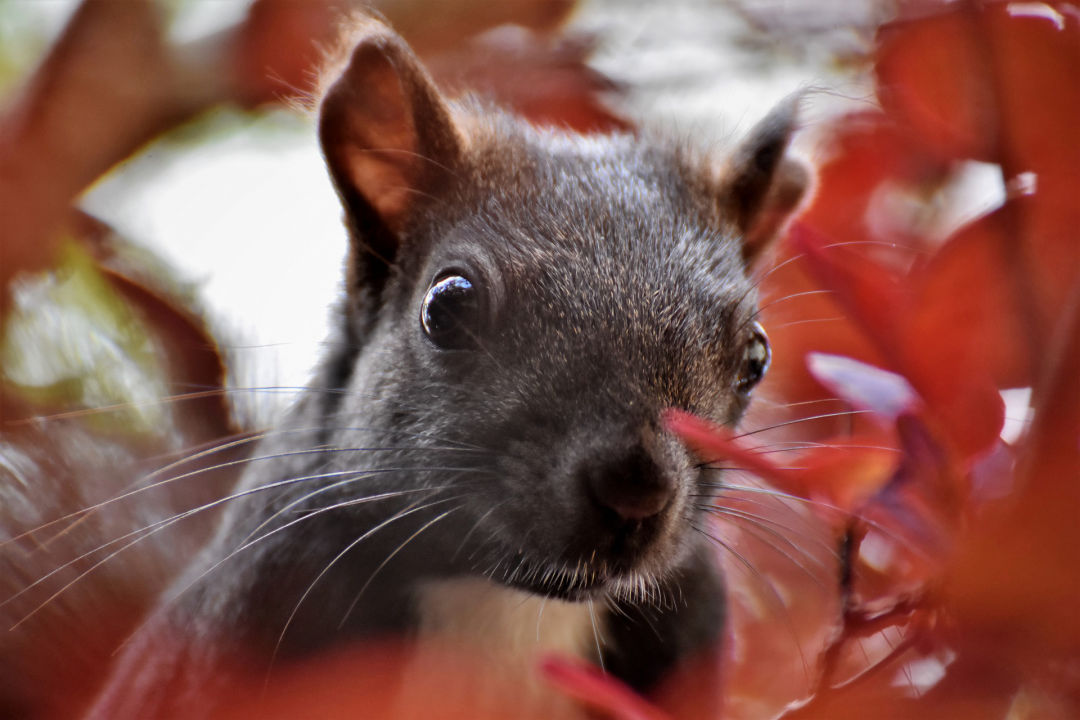
The crater was thought to have developed millions of years ago when the cone of a large active volcano collapsed after eruption. This morning, descend some 2,000 feet to the floor of the Ngorongoro Crater, the largest inactive and intact volcanic caldera in the world. Overnight: Ngorongoro Serena Safari Lodge (B,L,D) Later, continue to tonight's lodge for dinner and an evening at leisure. Replenish with inspired organic cuisine, fresh from the farm’s gardens, bakery, and dairy, and enjoy the beauty and tradition of the surroundings. An immersive experience, Gibb's Farm provides opportunities for interested guests to partake in a variety of activities, including the daily vegetable harvest, cow milking, pig feeding, and egg collecting. This award-winning sanctuary, established in the early 1900s as a coffee plantation, offers a welcome respite for travelers. Next, drive to Gibb's Farm for a guided farm walk and lunch. Today's journey includes a game drive en route to the Ngorongoro Conservation Area, a UNESCO World Heritage site. Overnight: Tarangire Sopa Lodge (B,L,D daily) This ecosystem is also home to lions, as well as elusive cheetahs and leopards, all sustained by herds of zebras, wildebeest, giraffes, and more.īetween thrilling experiences of wildlife viewing, savor delightful moments to reflect, including a welcome cocktail, a bush lunch inside the park, and educational presentations by the camp fire. Bird lovers should keep an eye open for flocks of the dazzlingly colorful yellow-collared lovebird and the equally striking lilac-breasted roller-with its greenish head, lilac throat and breast, blue belly, and bright wing feathers. Notable common birds include the ashy starling, red-and-yellow barbet, red-bellied parrot, speckle-fronted weaver, little bee-eater, and tawny eagle. In addition, the park boasts hundreds of bird species-the highest of any Tanzanian park. Witness in sheer awe the commanding presence of these majestic creatures in close proximity as they roam the surrounding landscape. Tarangire, known for elephants, reportedly has the largest elephant concentration in the world during the dry season. This seasonal park has the second highest concentration of wildlife (after the Serengeti), including diverse habitats such as dry open woodlands, thorny Acacia thickets, rolling hills, rocky outcrops, extensive swamps, the Tarangire River, and many huge, iconic Baobab trees. Morning and afternoon game drives provide your first look at Africa's natural beauty, power, and wonder. Overnight: Arusha Serena Hotel, Resort & Spaįollowing breakfast and a welcome briefing by your Orbridge Expedition Leader, depart Arusha to enjoy two days exploring Tarangire National Park.

Some activities are dependent on weather and seasonal conditions.Īfter an evening arrival to the Kilimanjaro Airport, you will be met by an Orbridge representative who will assist with the transfer to your hotel. To learn more about ADCNR, visit Locations selected for this safari promise excellent viewing of wildlife, however, spotting specific wildlife cannot be guaranteed.

The Alabama Department of Conservation and Natural Resources promotes wise stewardship, management and enjoyment of Alabama’s natural resources through five divisions: Marine Police, Marine Resources, State Lands, State Parks, and Wildlife and Freshwater Fisheries.

Hunting licenses may also be purchased online with a credit card. Many other items are available at including information on youth dove hunts and the waterfowl hunting guide. These areas are financed with funds derived from hunting licenses and federal excise tax on firearms and ammunition. The Division of Wildlife and Freshwater Fisheries of the Alabama Department of Conservation and Natural Resources continues development, maintenance, and management of over 768,000 acres of land for hunters. The 2008-2009 WMA Hunting Seasons and the 2008-2009 WMA Hunting Schedule and information booklet are available at the same Web site.
Alabama wildlife safari license#
The Alabama Department of Conservation and Natural Resources announces that maps/permits for the Alabama Wildlife Management Areas (WMAs) are available online for printing at Follow the links for “Wildlife Management Areas” and then “Maps and Hunting Permits.” Hard copies of maps will be available in the near future at Wildlife and Freshwater Fisheries district offices and license vendors near WMAs.Īlabama residents between the ages of 16 and 64 are required to have a valid hunting license, management area permit, and management area license when hunting on WMAs, except a wildlife heritage license is valid in lieu of resident state hunting and WMA license for small game hunting, excluding waterfowl.


 0 kommentar(er)
0 kommentar(er)
